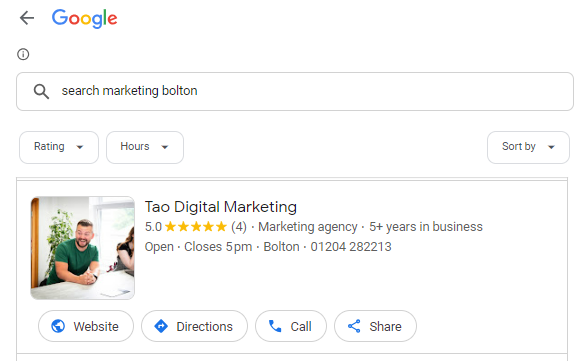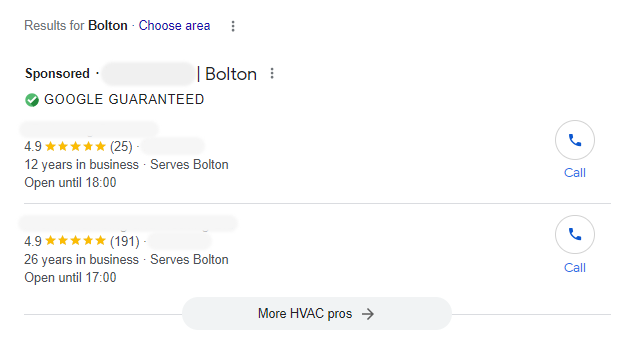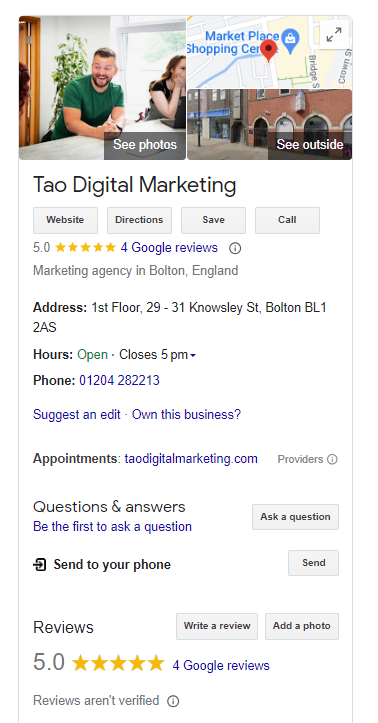Reaching Your Law Firm’s Target Audience Online
Marketing your law firm is essential to your survival in today’s digital world. Currently, the UK’s legal market has seen the number of registered law firms falling, with the Solicitors Regulation Authority counting 9,334 firms in February 2024.
The legal market remains abundant despite the number of operators falling from record highs. Remember, 96% of people said they started their search for legal advice online. Everyone looking up legal advice is a potential lead, but how do you target them?
It’s all about your target audience, and this guide will discuss how to reach them online.
The importance of a target audience
Your target audience is your people. If you think about all your current and former clients, these are your target audience. Yet even professional marketers often don’t know their target audience. According to HubSpot, just 42% of marketers had basic demographic information for them.
Without that information, you’re flying blind. You’re making assumptions and hoping for the best, which means wasted time and money. So, why should you know your target audience?
- Provide direction to your marketing efforts.
- Know what content you should create.
- Market to your intended audience.
- Increase campaign success rates.
- Boost your bottom line.
Of course, knowing your target audience is one thing, but targeting them successfully is quite another.
What is the typical target audience for a law firm?
Solicitors can serve every adult in the UK. Your law firm’s target audience comprises the likeliest people to become your clients. The easiest way to figure this out is to examine your current client base and find what binds them. Basic demographics include age, education level, income and occupation, but law firms must dig deeper.
According to Spotify, poorly targeted ads waste an estimated $37 billion USD annually. Avoiding wasted marketing pounds means going deeper. Some examples include:
- Values
- Pain points
- Lifestyles
- Needs
Never make assumptions because the target audience for a road traffic lawyer will be very different from a business lawyer serving the needs of companies.
How to define and segment your law firm’s target audience online
Defining your target audience leads to segmenting that audience. Remember, many law firms operate in multiple practice areas, meaning they may have several target audiences – or segments – to consider.
Here are some tips to begin learning about your target audience.

Here are some tips to begin learning about your target audience.
Analyse your current clients with data analysis
The story is in the data. Solicitors nationwide are embracing technology, with the Law Society Gazette revealing that a quarter of lawyers use generative technology. So why wouldn’t you use data analytics to learn about your target audience?
Focus on your current and past clients and identify their patterns and characteristics. This will give you a benchmark against which to continue your research. Remember, this is an ongoing process because you’re constantly acquiring data.
Moreover, you can do the same thing with your competitors’ audiences to identify gaps in the market.
Research the broader legal market
Keep sight of the broader legal market, or you risk not seeing the forest for the trees. Explore the market landscape to spot the trends and opportunities within your practice area.
Keeping up with the market doesn’t require reading dry market research reports. Instead, surveys should be conducted on current and potential clients to learn more about their needs and preferences.
Invest in psychographics
Psychographics focus on psychological variables and offer a way to understand the minds and motivations of your target audience. Examples of psychographic metrics include:
- Motivations
- Values
- Interests
- Lifestyles
Again, this is where data analytics comes in handy. Acquiring this data helps you craft the targeted marketing messages that compel your audience to act.
Segment based on behaviour
Segmentation divides your target audience into different groups. This enables you to target campaigns based on the characteristics of groups within your target audience.
Tracking what your target audience does provides clues as to what’s likely to resonate with them. Some examples of behavioural metrics to track include:
- Time spent on your website.
- Number of times visiting your website.
- Pages clicked on.
- Downloads.
- Newsletter opens/clicks.
Analysing your audience’s behaviour can help you make better choices regarding every aspect of your marketing campaign.
Continue gathering and analysing
No person was the same ten years ago as they are today. The same goes for your audience. What worked a few years ago isn’t necessarily going to work now.
Law firms must continually analyse their clients and activity across all their marketing channels. This enables them to spot any client changes and adjust accordingly.
Creating audience personas for your law firm
Did you know that 44% of marketers used audience personas in their business? But what are audience personas?
Your target audience defines a group of people, whereas audience personas zoom into individual members of that audience. Personas drill down to define what an ideal looks like within the various segments of your target audience, making them powerful tools.
Here’s a short guide for building out an audience persona:
- Begin With Demographics – The foundation of any audience persona is the demographics. Understanding this provides the high-level data needed to continue.
- Know Their Pain Points – The next step is to know their pain points. In other words, what’s the problem they need you to solve, and what do they expect from you?
- Research the Noise – Noise in the marketplace stops them from acting. This is where analysing your competitors comes in useful. Understanding what others say to influence your target audience helps you find the gaps to undermine these efforts and win the client.
- The “Why”—Why should they hire your firm? Conceptualise your unique selling points to help understand why someone would hire you over your competitors. Every law firm should know this because it’s what makes you special. Without those points, you’re just another law firm.
- Finish With Emotions – People don’t always purchase based on cold, hard truths. They make them based on emotions. When creating a client persona, define the journey of working with you. Moreover, map out the emotions of that persona in both win and lose scenarios. This will help you customise your marketing messaging.
Companies worldwide spend billions of pounds on finding their target audience and building audience personas in every industry. But you don’t need to cripple your cash flow to find your target audience and boost your marketing success rates.
At Tao Digital, we specialise in helping the UK’s lawyers branch out online and achieve their goals. In one case study, we collaborated with one firm and they experienced a 174% increase in leads.
If you need a partner who can find your target audience and win them over to your brand, contact the team today.



